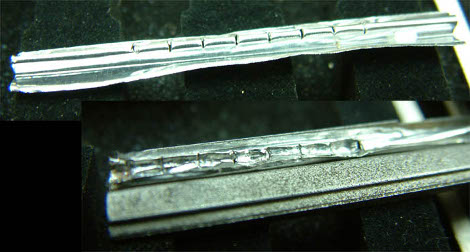
Another exploit has been found in the Chip and PIN system. The exploit is a man-in-the middle attack that wouldn’t take too much know-how to pull off. You can watch the BBC report on the issue or check out the paper (PDF) published by the team that found the vulnerability. A stolen card resides in a reader that connects to a dummy card via a small cable. When the dummy card is inserted into a card reader, any PIN can be used to complete the transaction. The chip on the original card gets confirmation that the sale was completed via signature and the vendor’s card reader gets confirmation that the pin was correct. The UK based Chip and PIN system seems like a great idea, but it has had its share of security loopholes. This makes us wonder how hard it is to roll out security patches to the hardware readers in the system. Obviously this needs to be patch but does it take a technician visiting each terminal to flash an upgrade?
Switching to the topic of wide-scale attacks, we caught the NPR interview with [James Lewis] on Wednesday when they discussed the growing threat of Cyberterroism. He feels an attack on the US electrical grid is currently the biggest threat and will happen in the next ten years. Obviously taking the grid down would endanger lives and bring things to a standstill; traffic lights, refrigeration, heat, etc. We’re just glad that when asked if he thinks there is already malicious code residing in the control system, he doesn’t think that’s the case.
[Thanks to Whatsisface and Mcinnes]




















